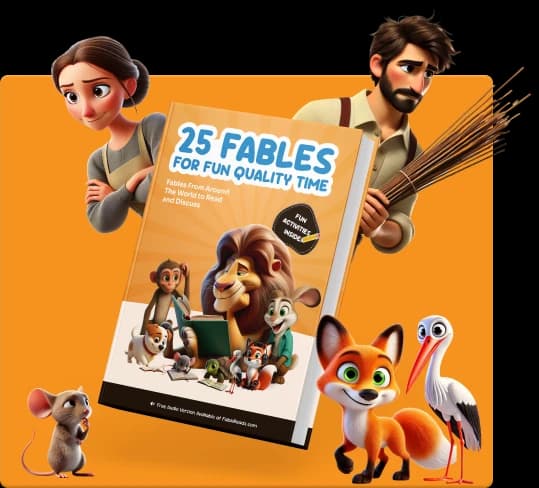Aesop | Greece
El Pastorcito Mentiroso
Un pastorcillo engaña a los aldeanos gritando 'lobo' varias veces, pero cuando un lobo real aparece, nadie le cree.

Había una vez, en un pequeño pueblo, un joven pastor que cuidaba las ovejas del pueblo. Todos los días, llevaba a las ovejas a un campo cercano para que comieran hierba, mientras él las vigilaba desde una colina.
El niño se sentía aburrido y solo porque no había otros niños con quien jugar. Un día, se le ocurrió una broma para entretenerse. Corrió al pueblo, gritando con fuerza: "¡Lobo! ¡Lobo! ¡Un lobo está atacando a las ovejas!"
Los aldeanos escucharon los gritos del niño, dejaron su trabajo y se apresuraron a ayudarlo. Pero cuando llegaron al campo, no vieron a ningún lobo, y las ovejas estaban a salvo. El niño se rió y dijo que solo había inventado la historia. Los aldeanos se enfadaron y lo regañaron por preocuparlos sin razón alguna.
Unos días después, el niño volvió a hacer la misma broma. Corrió al pueblo de nuevo, gritando: "¡Lobo! ¡Lobo! ¡Un lobo está atacando a las ovejas!" Los aldeanos vinieron a ayudar otra vez, pero descubrieron que no había ningún lobo. Esta vez estaban muy enojados y le dijeron al niño que no debía mentir sobre el lobo.
Un día, mientras vigilaba a las ovejas, un lobo de verdad salió del bosque y comenzó a acercarse a las ovejas. El niño estaba muy asustado y gritó: "¡Lobo! ¡Lobo! ¡Esta vez si hay realmente un lobo atacando a las ovejas!"
Pero los aldeanos no vinieron a ayudar. Pensaron que el niño estaba mintiendo otra vez por las veces que ya los había engañado. El lobo atacó a las ovejas, lastimando a muchas y haciendo que las otras se escaparan.
El niño se sintió muy triste y comprendió que sus mentiras habían causado la pérdida de las ovejas del pueblo.
Compra un Libro y Ayuda a Llevar Fábulas al Mundo
Disfruta de 25 fábulas seleccionadas de por vida, impresas. Cada compra apoya historias gratuitas para niños, padres y maestros en todo el mundo en fablereads.com

















